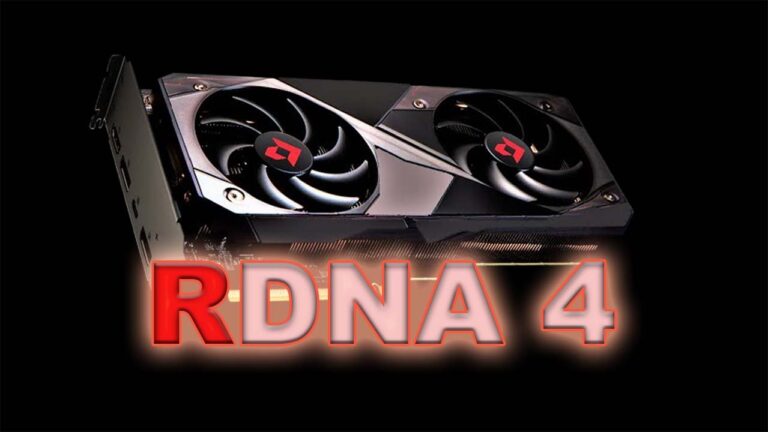
AMD’s latest Ryzen 9800X3D is quickly making waves as the fastest gaming CPU available, thanks to exciting tech upgrades like second-generation 3D V-Cache and full manual overclocking capabilities. If you’re ready to build with the 9800X3D, here are four key things you need to know to get the best results.
1. Update Your BIOS for Optimal Compatibility
With the Ryzen 9800X3D, AMD recommends updating the BIOS to AGESA version 1.2.0 DO2A or newer. While this isn’t always essential for a new CPU, it’s highly recommended for the 9800X3D to ensure compatibility and optimal performance.
To check your current AGESA version, you can access your BIOS at startup or use a tool like HWInfo. Visit your motherboard’s support page to find the latest BIOS and ensure the AGESA version meets AMD’s requirements.
2. No Need for Ultra-Fast Memory
While AMD’s new AM5 motherboards support ultra-high-speed DDR5 memory (up to 8000MHz), you might not need it. AMD suggests that DDR5-6000 with Expo support offers the best balance of price and performance for most users. Higher speeds can sometimes cause performance drawbacks, as speeds above DDR5-6000 often require a 2:1 memory-to-memory controller ratio, which can introduce latency.
DDR5-6000 with Expo support is ideal for most builds, delivering reliable performance without extra costs. Higher memory speeds may offer a minor advantage, but AMD recommends investing those funds in other components, like a stronger GPU.
3. Consider Enabling Virtualization-Based Security (VBS)
AMD’s review guide recommends enabling Virtualization-Based Security (VBS) for enhanced protection. While VBS has been known to impact performance in some cases, tests on the Ryzen 9800X3D show negligible performance differences at 1080p and some slight gains in specific games at 720p with VBS off.
Microsoft recommends VBS for added security, so if you’re leaning towards performance over security, you may opt to disable it. Be aware that security risks may increase with VBS off.
4. Unlock the Full Overclocking Potential
The Ryzen 9800X3D now supports full manual overclocking, thanks to AMD’s new 3D V-Cache placement. AMD placed the cache below the cores, allowing for direct core-to-cooler contact, which enables higher clock speeds without compromising temperatures.
If you’re up for it, manual overclocking can yield significant gains, particularly for multi-threaded tasks. AMD’s Precision Boost Overdrive (PBO) is recommended for a balanced, mixed-use setup, but the Curve Optimizer can also help fine-tune performance by lowering voltages for improved clock speeds. For those who want more control, experimenting with PBO and curve optimization may help maximize the CPU’s potential.
To overclock manually, access your BIOS, set the PBO scaler to 7–10x, and increase the Boost Override by 100–200MHz. Use the Curve Optimizer, starting with a negative offset of -10 to -15, and adjust from there to find the most stable setting for your workloads.
AMD’s Ryzen 9800X3D offers incredible gaming and productivity power, and with these tips, you’re ready to build a high-performance rig that maximizes this CPU’s capabilities. If you have any personal tips for optimizing the Ryzen 9800X3D, share them in the comments below!





